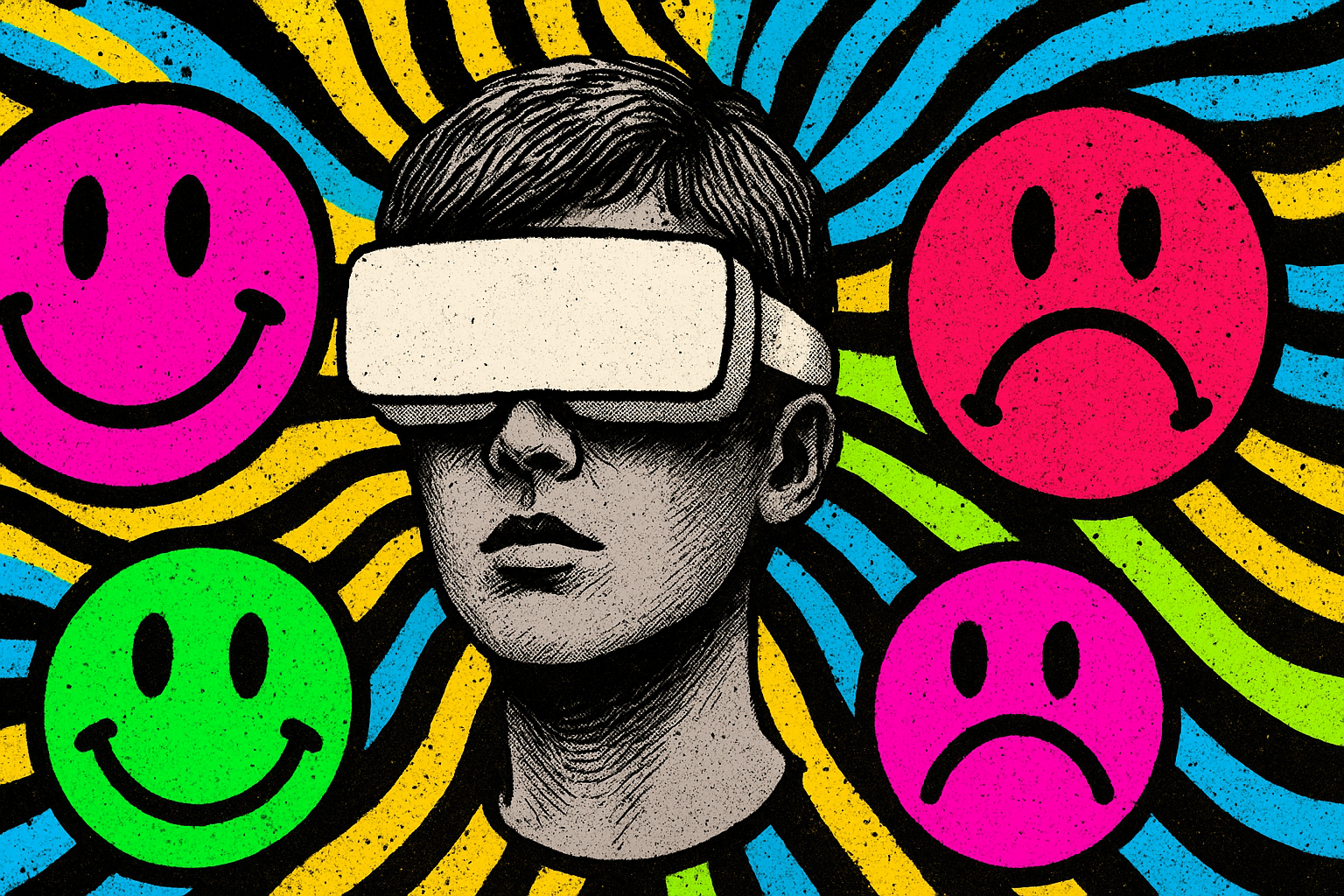Features
Why Sked?
More
Sked Social is a third party app and is not affiliated with or endorsed by any social network platforms.
See our Terms & Privacy Policy.
See our Terms & Privacy Policy.
© 2025 Sked Social. All rights reserved.

Because the algorithms don’t shape culture — people do.
If 2024 was the year of AI everything and 2025 was the year of “content fatigue,” then 2026 will be the year the internet starts feeling human again.
Audiences are rebelling against algorithmic sameness. They’re craving substance, story, and stuff that feels alive.
And behind every trend, there’s a behavioural shift — small but seismic — changing how people connect, consume, and create.
Here are 10 emerging social behaviours shaping what comes next, according to a mix of data, observation, and a little chaos.
Mass following is out. Tight, high-signal micro-communities are in.
People are building private Slack groups, Discord servers, and niche circles where 50 high-value interactions beat 50,000 impressions.
Marketing shift: Fewer campaigns. More clusters.
Creators and brands are tired of chasing engagement formulas. Expect a wave of “anti-algorithm” posting — raw, unfiltered, timestamped content that values authenticity over optimisation.
Marketing shift: The pendulum swings back to imperfection.
Hot take: attention spans aren’t shrinking — the internet just got boring.
Podcasts, newsletters, and 3-minute videos are thriving again because they feel real and earned.
Marketing shift: Think slower content, deeper stories.
People trust the person behind the brand more than the brand itself.
Employee creators will dominate 2026 — blending personal and professional influence in one feed.
Marketing shift: Employee advocacy becomes a growth channel, not a side project.
Perfect feeds are dying. Messy visuals, low-light selfies, and behind-the-scenes chaos are the new proof of authenticity.
Marketing shift: Story > polish. Trust > filters.
Why settle for a lackluster social media management tool when you could be using Sked Social? With unlimited collaborator access, streamlined approvals and advanced auto-post technology that lets you schedule to all major platforms, Sked Social offers everything you need.
Get Started for FREEWe’re seeing a split in digital identities: private accounts for real life, public ones for performance.
It’s not burnout — it’s control. People are curating who gets to see what.
Marketing shift: Brands need layered presences — public for reach, private for intimacy.
Memes aren’t just jokes — they’re cultural code.
In 2026, smart brands will treat memes like language systems, not punchlines.
Marketing shift: Hire meme fluency. It’s the new literacy.
With AI flooding feeds, creators who feel unmistakably human will rise — people with a distinct tone, taste, and take.
Marketing shift: Personality becomes the last real differentiator.
The most valuable creators aren’t broadcasters — they’re facilitators.
People want to belong, not just follow. Brands that host conversations, not campaigns, will win.
Marketing shift: Community > content.
Brands used to measure success in clicks. Now it’s about cultural presence — who’s talking about you, remixing you, referencing you.
Marketing shift: If you’re not part of the conversation, you don’t exist.
The future of social isn’t about platforms — it’s about people patterns.
The most forward-thinking teams are no longer optimising for algorithms.
They’re optimising for behavioural energy: what people actually do, share, and feel in real time.
2026 will reward brands that act less like broadcasters and more like cultural operators — listening harder, adapting faster, and showing up more human than ever.
The takeaway:
The next era of social won’t be defined by strategy decks or tool stacks — it’ll be defined by emotion, connection, and chaos.
Because culture doesn’t follow data.
It writes it.